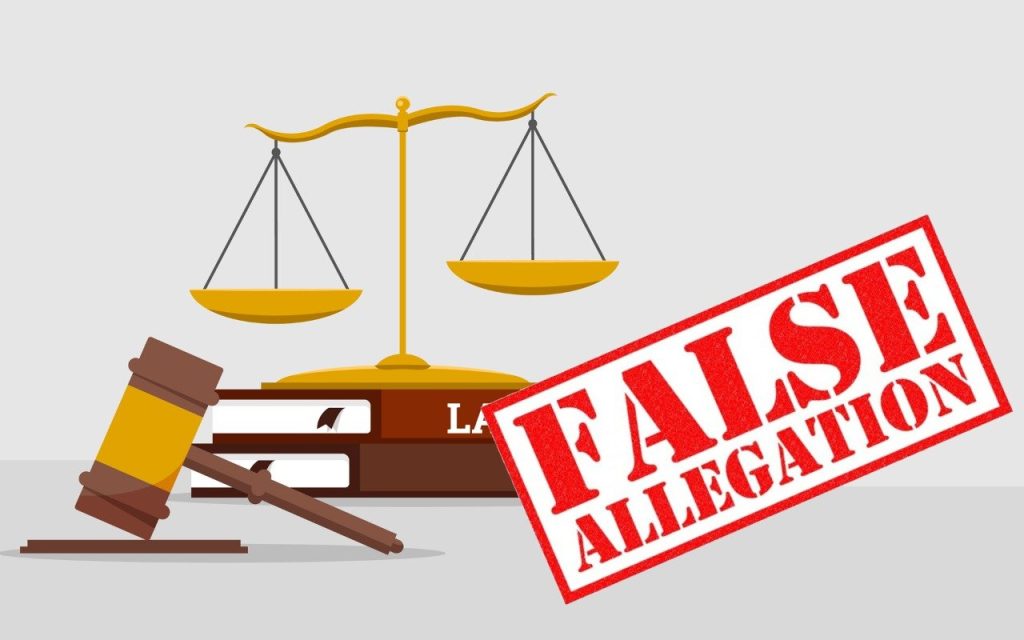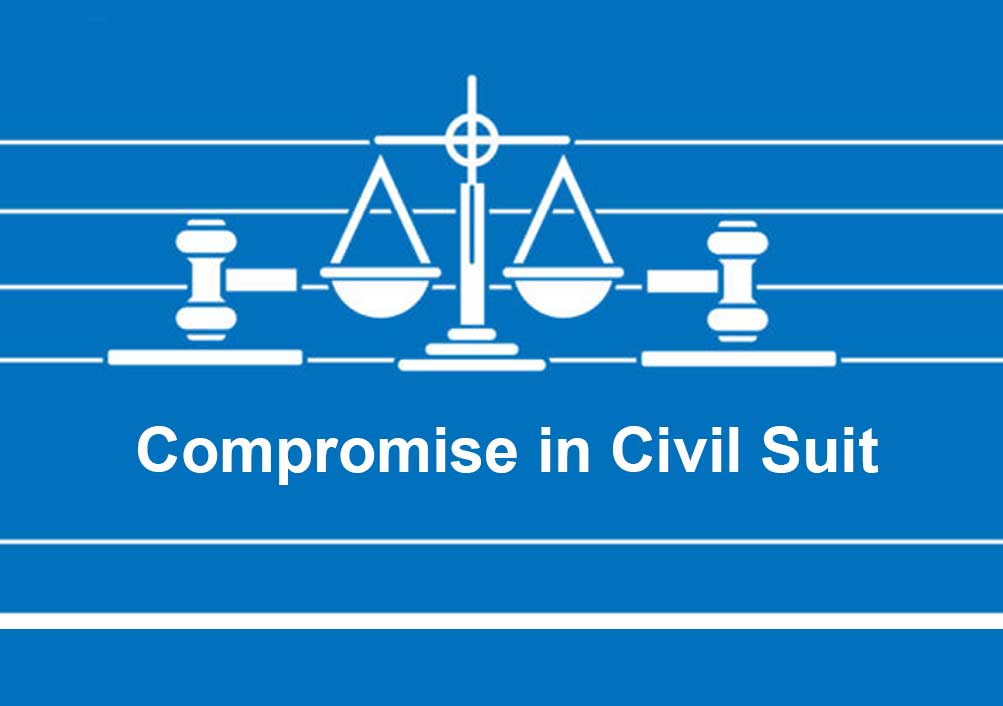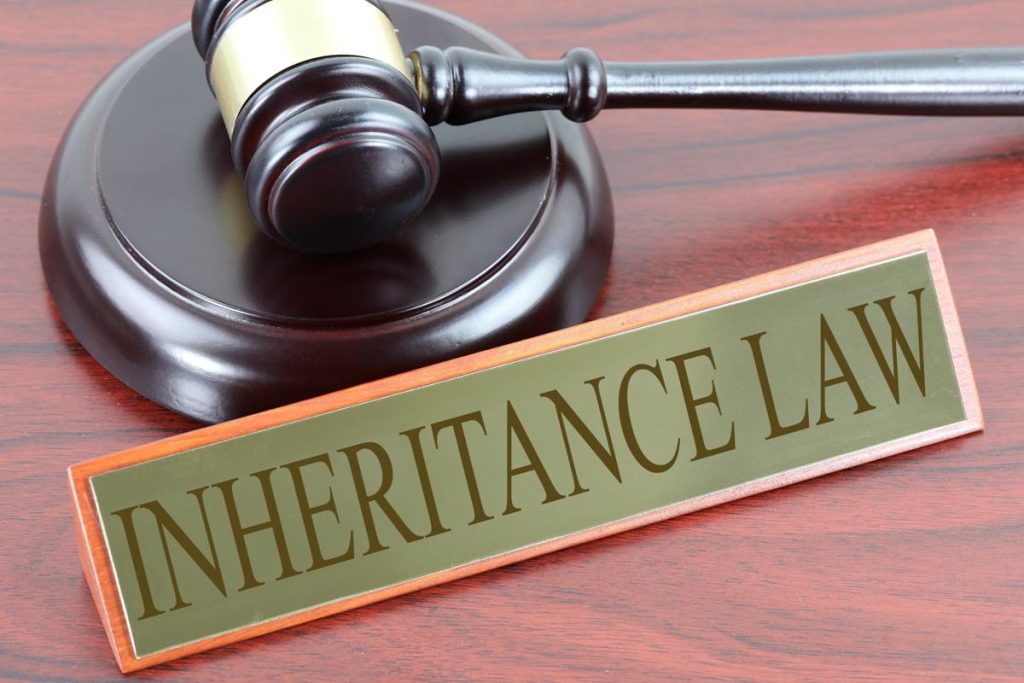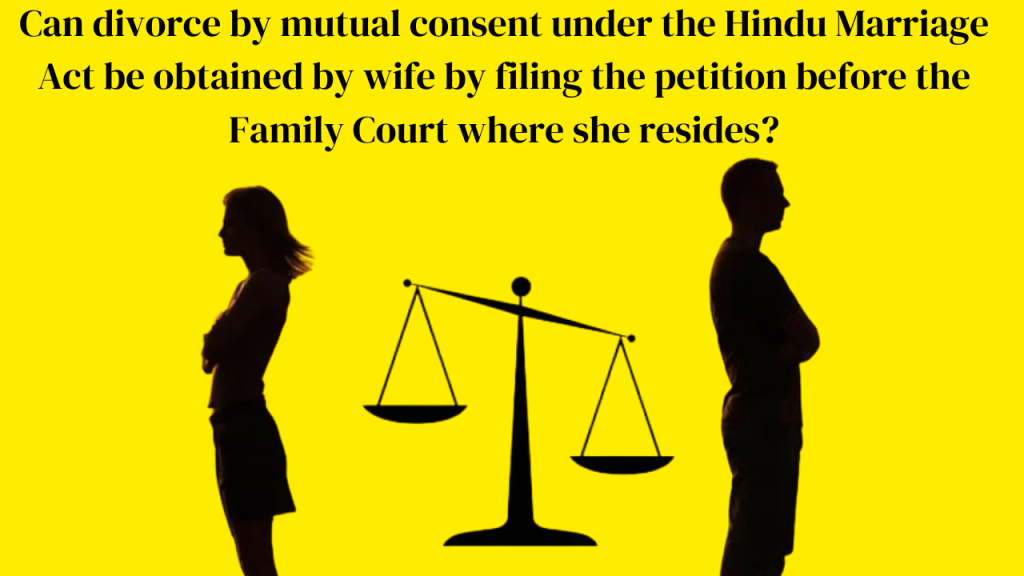Of late I have noticed the number of cases where Judicial Magistrates have given very confusing orders while dealing with 156(3) Cr.P.C. petitions, and this has led to the police/ investigating authority to not register an FIR in cognizable cases, resulting in S.482 Cr.P.C. petitions filed before the High Court seeking further directions. The High Courts invariably says when there is a direction made by a Magistrate, it shall result in an FIR, no matter what.
So I went through these 156(3) orders in several bundles, and noticed 2 different patterns here;
1) where Magistrates say they have found prima-facie case, and direct that an FIR be registered and investigation be done thereafter,
2) where Magistrates are leaving it to the police to conduct preliminary enquiry and if at all a cognizable offence is disclosed, they should be filing an FIR. The second category of orders is the cause of all trouble!
ISSUES CAUSED BY SUCH UNCLEAR DIRECTION IS MADE BY A MAGISTRATE DEALING WITH 156(3) Cr.P.C. PETITIONS:
1) The police will not register a FIR, but will be conducting an investigation in the name of a preliminary enquiry.
2) The prolonged preliminary enquiry will lead to the informant filing petitions before the High Court u/s 482 Cr.P.C., to get directions to register the FIR.
3) Unnecessary delay may lead to the accused fleeing justice.
Let me show a few samples here:
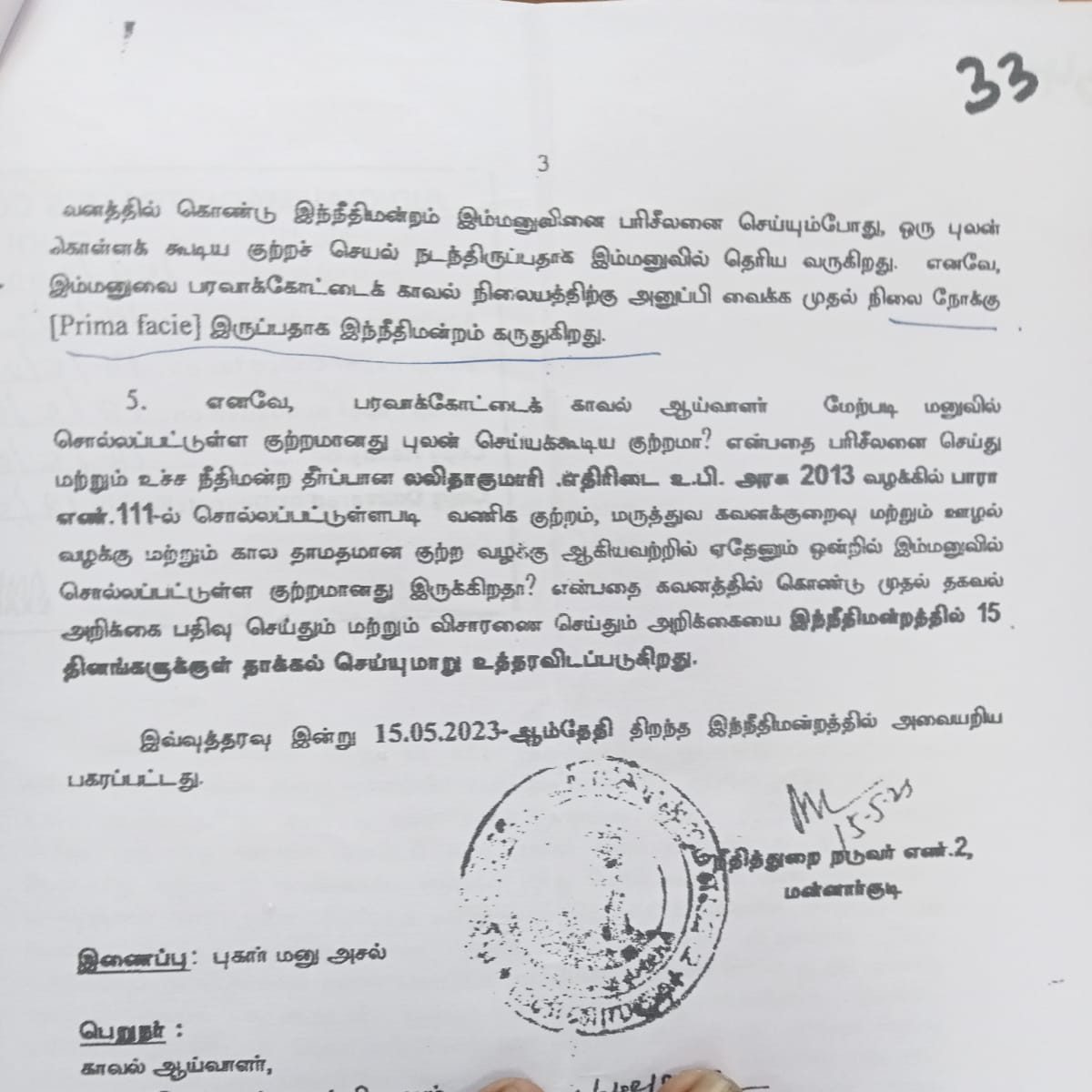
In this case, the Magistrate has himself found a prima-facie cognizable case is made out, but he goes on to direct the police to investigate as per the judgment in Lalita Kumar v. Govt. of U.P. (AIR (2014)2 SCC 1), and also find by themselves whether the case involves any of the five categories mentioned in Lalita Kumari (supra) (Matrimonial/Family disputes, Commercial offences, Medical Negligence cases, Corruption cases, cases where there is an abnormal delay in initiating crl prosecution).
This means, the Magistrate has perused the affidavit, prayer and supporting document(s) available, and yet has not figured out by himself whether the case falls under any of the five categories mentioned above. That is surprising, wouldn’t you say so? Further, if he has already found a prima facie cognizable case(as he mentions), why isn’t there any sound direction to register an FIR and proceed with the investigation? Why does he require the police to re-do the same exercise?
Let us see another example now:
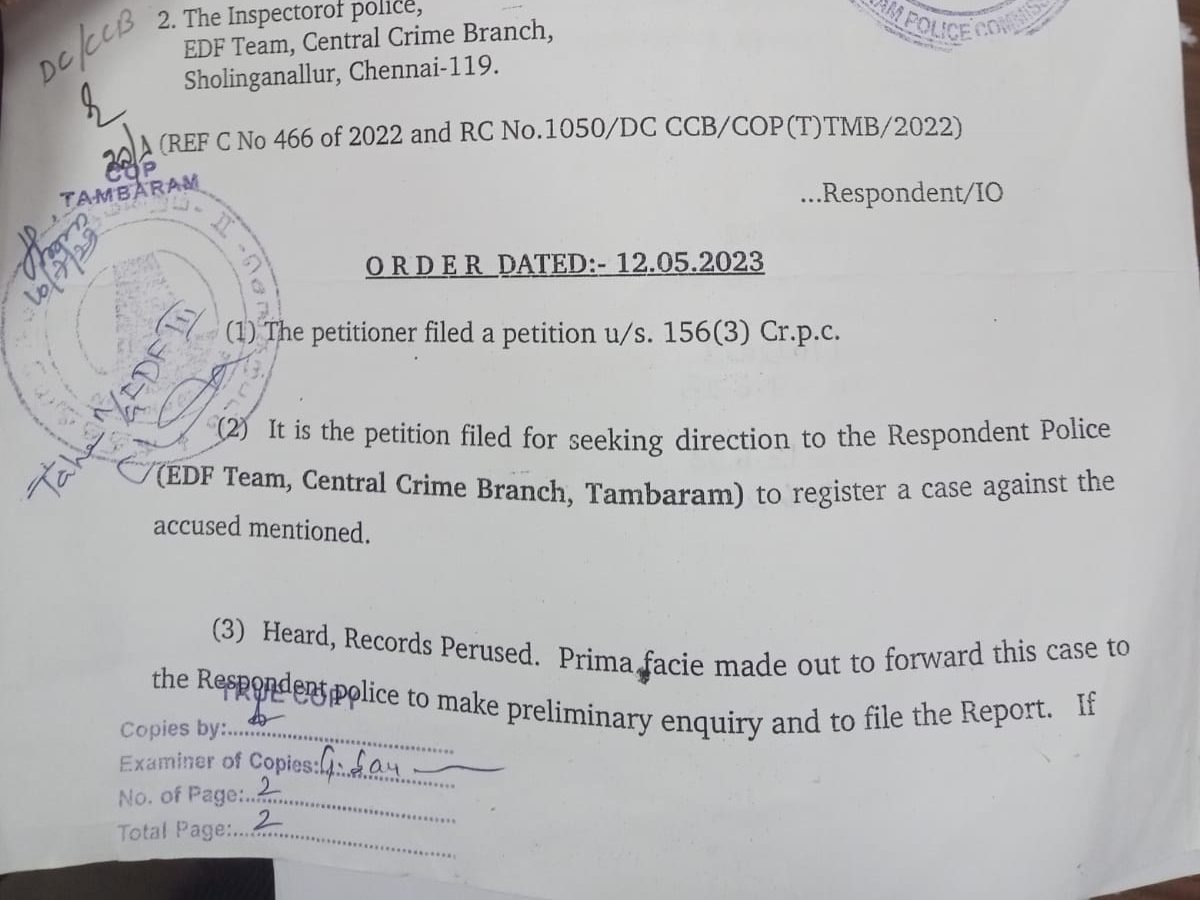
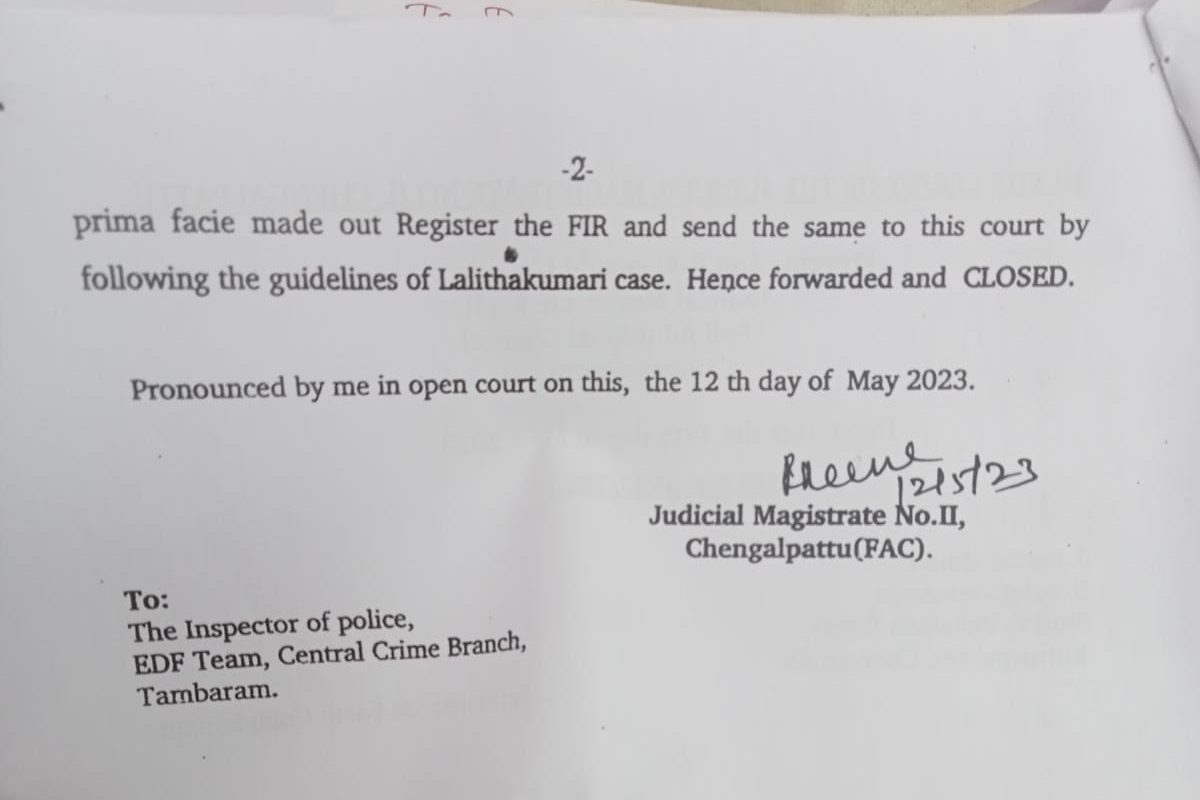
Notice here how the Magistrate says a prima facie case is made out, and a direction is still made to conduct preliminary enquiry and thereafter register an FIR following the judgment in Lalita Kumar (supra). But, I am wondering why the Magistrate looking into the available documents will not constitute or fulfill the purpose served by a “preliminary enquiry ” when conducted by the police? It reads, “records perused” and barely goes into the details of what records were put forth for the JM’s perusal. Such unreasoned and mechanical orders are themselves bad in law.
Let us put it this way. If the Magistrate receives a 156(3) petition + affidavit, he may find a prima facie case from just the allegations. If there are additional documents, the Magistrate is going to peruse them. If there are no additional documents, the Magistrate may require such additional documents to be given in support of the petition. Such perusal of the petition + affidavit + additional documents must be enough to constitute an equivalent of a “preliminary enquiry” conducted by the police.
Prima-facie case is found purely from the allegations in the complaint, whether the allegations constitute basic ingredients of an offence.
“Preliminary enquiry ” can be said to be fulfilled when he peruses more documents given in support of the complaint.
Then why should the police conduct preliminary enquiry once again? It only leads to the police not registering an FIR, and fashion an investigation in the name of preliminary enquiry, causing unwarranted delay, defeating the very purpose of remedies like 156(3) of CRPC.
Let us look at another case here:
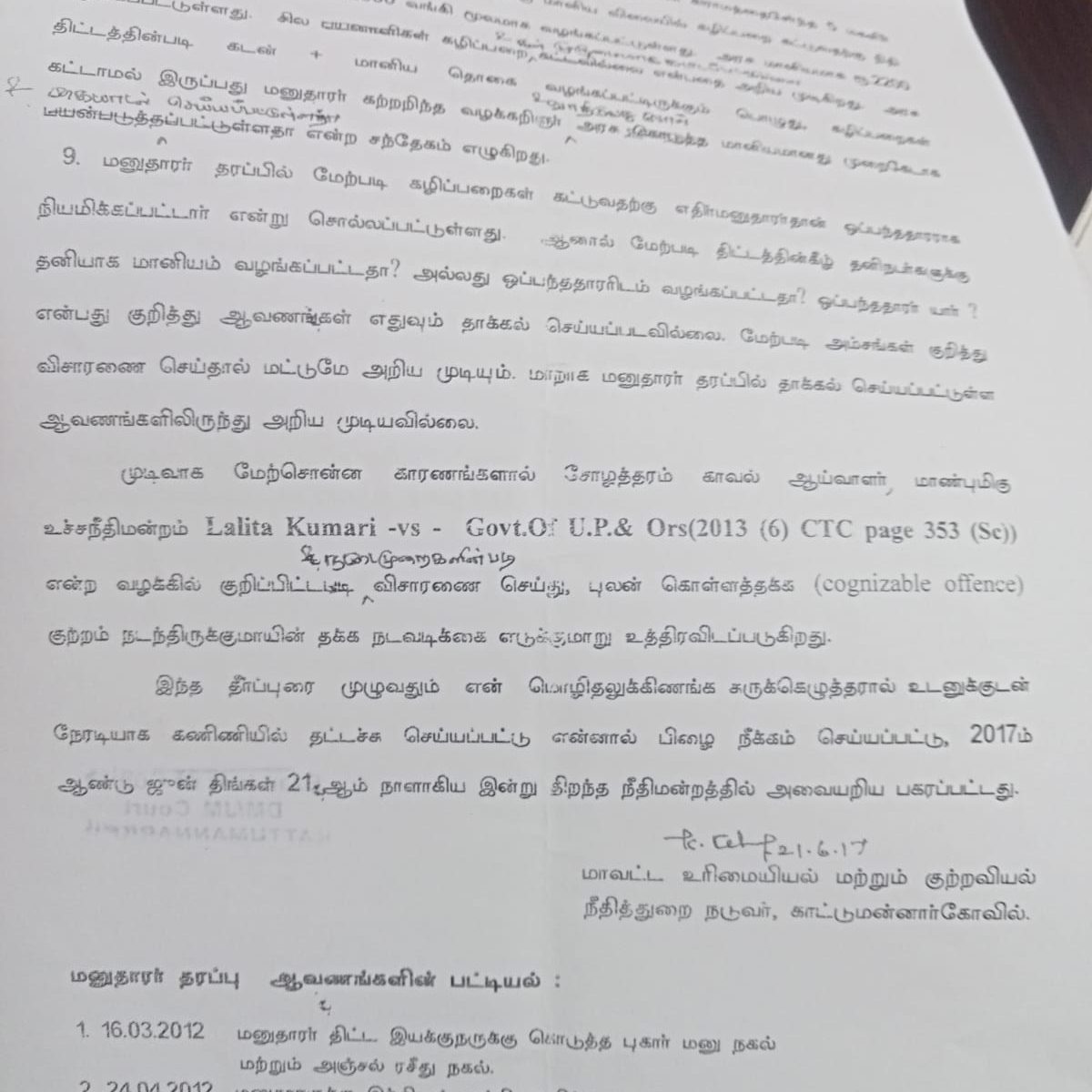
In the above case, the JM has directed the police to figure out whether a cognizable offence is made out and register an FIR, since the documents were not enough to figure out if any cognizable offence was made out.
Well, what purpose did the 156(3) serve then? Here the question is – What amount of material is required to figure out a ‘prima-facie’ case?
All this looks like JM’s want to make orders but not make them, exercise their power, but hold back. They don’t make sense.
- Why is the Madras High Court (or in the other States, their respective High Courts) not issuing a proper guideline as to how these orders shall be pronounced, what words and terms shall be used and in what form/manner?
I felt that could help the Magistrates in not committing these errors in the future. Sample directions that can be followed by the Magistrates in order to avoid deadends caused by the police not registering FIRs after a direction u/s 156(3) Cr.P.C:
“I have perused the material available on record, and I am convinced that the case does not require preliminary enquiry, after giving due consideration to the guidelines given in Lalita Kumari v. Govt. of U.P. ((2014) 2 SCC 1). This Court is satisfied from the available material that a prima-facie cognizable case is made out. Hence a direction is made to register an FIR immediately, and proceed with the investigation of the matter in accordance with law”.
In addition to this, the Magistrates may also issue an interim direction to the police to gather material and submit a report to the Magistrate, so that he can make a more informed final decision, rather than leaving it to the police merely because enough material is not placed before him.
To read more about such interim-directions and the judgments regarding the same, you can purchase the May 2024 Edition of the Lawyers’ Society Digital Law Magazine for just Rs.50/-!
Views are personal. Contact for personal assistance.
Subscribe to the Lawyers’ Society Youtube Channel to receive informative legal videos.



